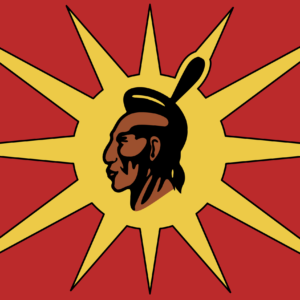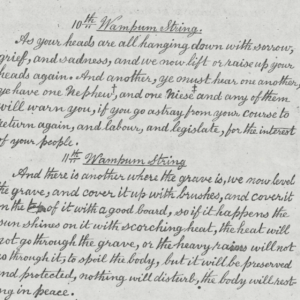
This week the province of Ontario marks Treaties Recognition Week. This is a time where the province’s official social media accounts raise awareness about the treaties made between indigenous people and settlers throughout history.
A treaty, when talking about the ones being recognized this week with indigenous people in Ontario, is a historic and lasting agreement made between the governing bodies of the settlers and indigenous nations.
In spite of promises made to indigenous people to carry out the terms of these treaties with respect — indigenous people were targeted by cultural genocide at the hands of lawmakers in Canada to undermine those agreements.
Today, settler governments are just beginning the work of establishing nation-to-nation peace by making amends by doing things like land acknowledgements, apologizing for actions like the residential schools and 60s Scoop and involving First Nations, Metis and Inuit people in discussions on development and policy that will affect their territories.
Note: this work is beginning. It is not perfect. Sometimes its not even good. Sometimes it is a downright mockery. Sometimes settler descendants have adult tantrums while they do it – but I like to think of these times as part of the growing pains that are necessary toward a true nation-to-nation relationship.
Ontario holds 46 treaties and agreements with indigenous people. Six Nations is part of the Haldimand Proclamation – covering our traditional territory that extends six miles on either side of the Grand River. But our ancestors were present and allies as a part of the original 1763 Royal Proclamation between the British Crown and the Haudenosaunee — establishing the treaty relationship with settlers and indigenous people on Turtle Island.
Just one year later, in 1764, the Haudenosaunee entered into the historic peaceful Treaty of Fort Niagara — formalizing a covenant relationship of peace and trust between the Six Nations and the British Crown.
The bonds between the Haudenosaunee and the Crown were broken in the days that followed — with the Crown eventually establishing an independent government in Canada (read: Kanata) which grew in power and over the course of generations legislated the oppression, marginalization and genocide of the “Mohawks and such others”.
This is the legacy our ancestors left to all of us. The ones who entered into trust. The ones who were tricked or bamboozled or abused and lied to. This is the legacy of Canadian lawmakers from days past. The great grandfathers of today’s Canadians that left us a lot of work to do to work toward a healthy nation to nation relationship.
It’s not pretty. It’s not ideal. But it’s important for all of us – whether we are descendants of indigenous people or descendants of settlers – to pick up the pieces and begin the work for a better tomorrow for our faces yet to come.







Why is Treaties Rec recognition week scheduled the week of Remembrance Day? That week is set aside for students to honor and remember our war veterans.